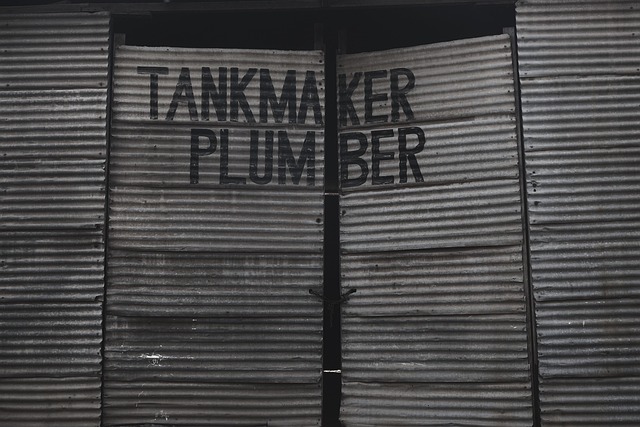A plumber is indispensable for installing gas lines in homes, ensuring safe and efficient natural gas distribution. They expertly navigate space and regulations, plan optimal routes, and employ meticulous techniques including precise cutting, threading, sealing, and testing to prevent leaks and maintain pressure. By adhering to safety protocols and local codes, plumbers enable homeowners to enjoy reliable heating and cooking with peace of mind.
Need help installing gas lines for your stove or heating system? This comprehensive guide is your go-to resource. From understanding the basics of gas line installation to the crucial role a plumber plays, we’ve got you covered. Learn about different types of gas lines and essential tools used in the process. We’ll walk you through a step-by-step installation, plus safety measures and maintenance tips from expert plumbers. Discover why professional assistance is vital for a safe and efficient gas line setup.
- Understanding Gas Line Installation Basics
- – What is involved in installing gas lines?
- – Types of gas lines and their uses (stoves, heating systems)
- Role of a Plumber in Gas Line Installation
Understanding Gas Line Installation Basics
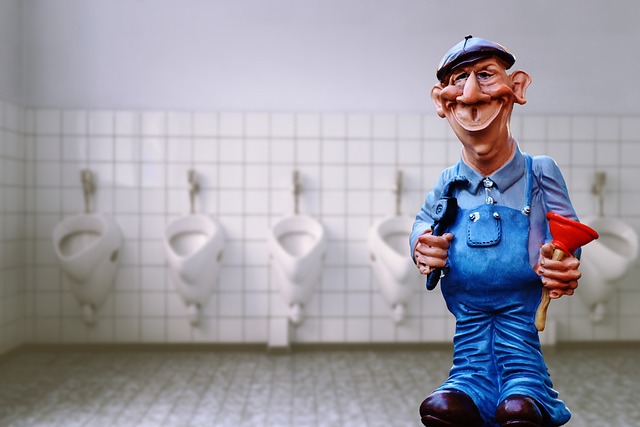
Gas line installation is a specialized task that requires precise knowledge and skills, making it imperative to engage a professional plumber for such jobs. The process involves more than just laying pipes; it entails careful planning, measuring, and routing to ensure safe and efficient gas distribution. A qualified plumber assesses your space, considers local regulations, and selects the appropriate pipe sizes and fittings based on the specific stove or heating system’s requirements.
They then proceed with meticulous installation, ensuring proper sealing and connection to prevent leaks. Gas lines demand extra caution due to their flammable nature, so adherence to safety standards is paramount. Plumbers use specialized tools and equipment to test for gas escapes and ensure a secure system before finalizing the installation.
– What is involved in installing gas lines?
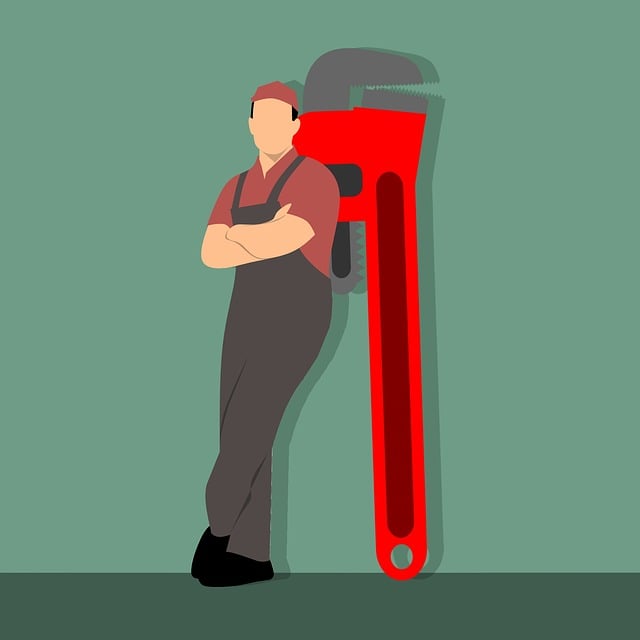
Installing gas lines for stoves or heating systems involves a meticulous process that requires skilled expertise. A plumber begins by assessing the space and existing infrastructure to determine the best route for the new gas line. They must consider factors like wall and floor construction, potential obstructions, and ensuring safe passage for the gas pipes.
The actual installation entails cutting through surfaces, threading holes for pipe connections, and carefully routing the gas lines to their final destinations. Plumbers use specialized tools and materials designed to handle high-pressure gas systems, adhering to strict safety protocols throughout. This includes proper ventilation, pressure testing, and ensuring all joints are sealed securely to prevent leaks.
– Types of gas lines and their uses (stoves, heating systems)
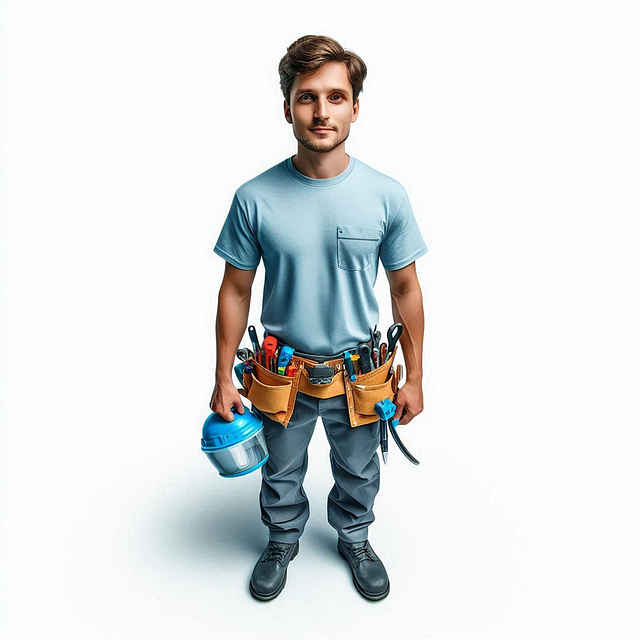
Gas lines play a crucial role in modern homes, facilitating the efficient operation of stoves and heating systems. There are primarily two types relevant for residential use: copper and plastic (PEX). Copper gas lines have been the traditional standard due to their excellent corrosion resistance and durability. They’re often used for stove installations as they can handle high temperatures and pressures. Plastic PEX lines, on the other hand, offer flexibility and ease of installation, making them popular for both heating systems and kitchen stoves. Plumbers often prefer PEX for its cost-effectiveness and reduced risk of leaks compared to copper.
When installing gas lines, whether it’s for a new stove or an upgrade to a heating system, it’s essential to have professional expertise. Plumbers possess the specialized knowledge and tools needed to ensure safe and accurate installations. They follow strict guidelines to prevent leaks, maintain proper pressure, and guarantee optimal performance of gas appliances, thereby enhancing home safety and energy efficiency.
Role of a Plumber in Gas Line Installation
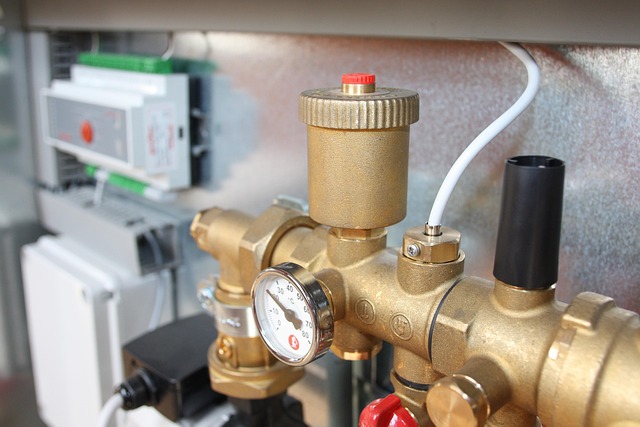
When it comes to installing gas lines for stoves or heating systems, a plumber plays a pivotal role. They possess the expertise and tools necessary to ensure the safe and efficient transportation of natural gas throughout your property. Plumbers start by assessing the space and planning the route of the gas line, considering factors like building structure and potential obstacles. They then use specialized equipment to cut through walls, floors, or other surfaces, creating precise openings for the gas pipes.
During installation, plumbers adhere to strict safety protocols, ensuring proper sealing and connection of joints to prevent leaks. They also install essential safety devices like pressure regulators and shut-off valves, which are crucial for maintaining a secure gas supply system. A plumber’s skill and knowledge guarantee that the job is done correctly, meeting local building codes and regulations, and providing peace of mind for homeowners.
When it comes to installing gas lines for stoves or heating systems, a qualified plumber is an indispensable asset. They possess the expertise and tools to navigate complex gas line installations with precision and safety. By understanding the basics of gas line types and the role of plumbers, homeowners can ensure their systems are installed correctly, efficiently, and securely. For all your gas line installation needs, trust a professional plumber to deliver top-quality results.
